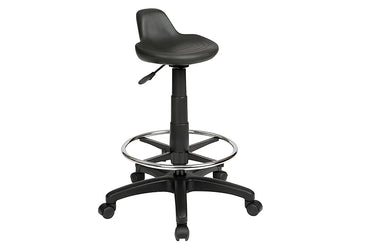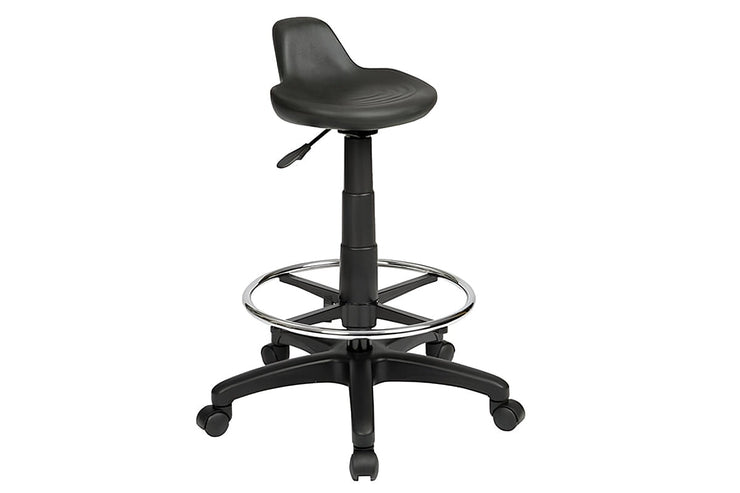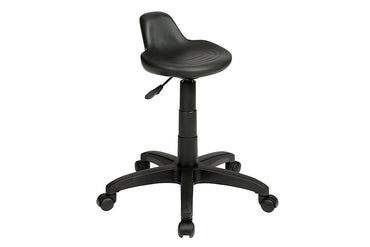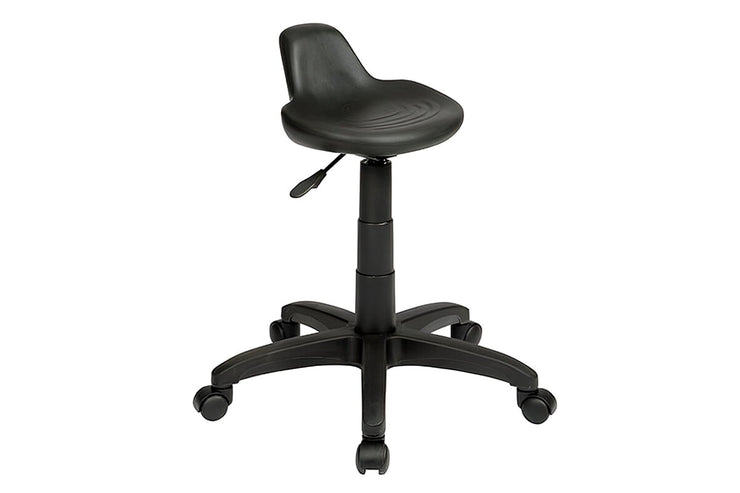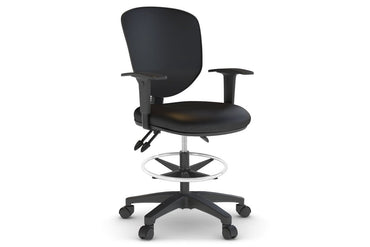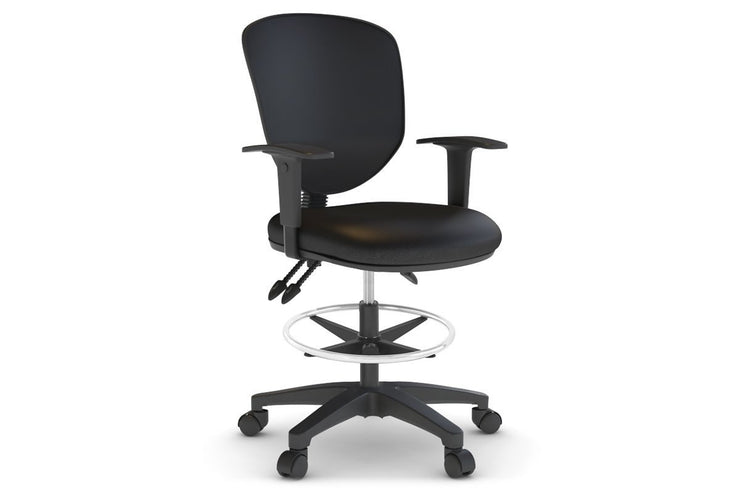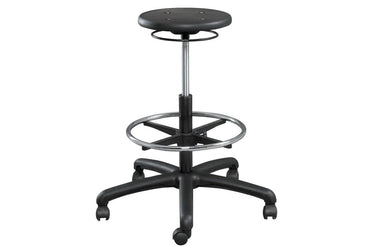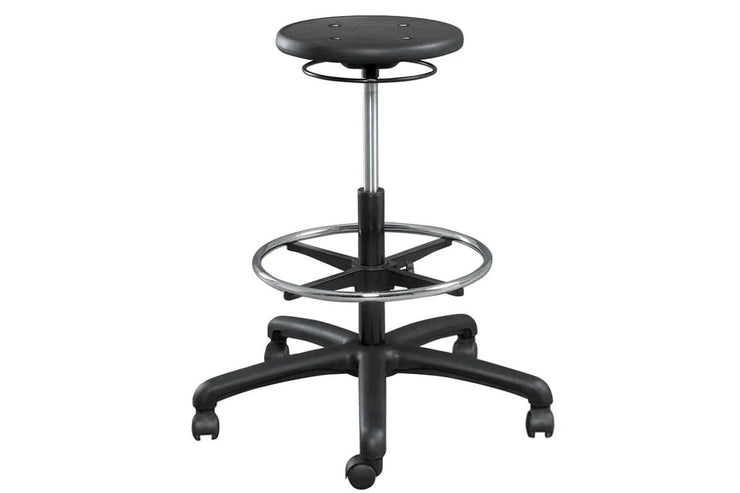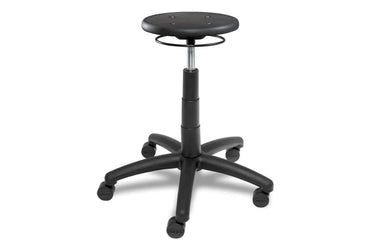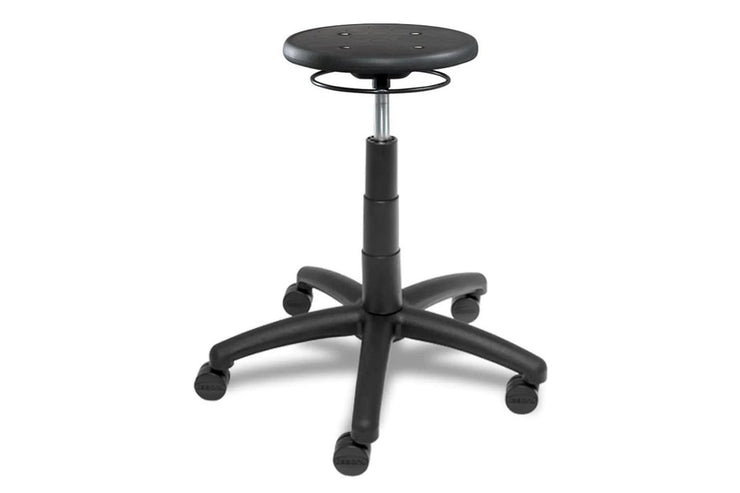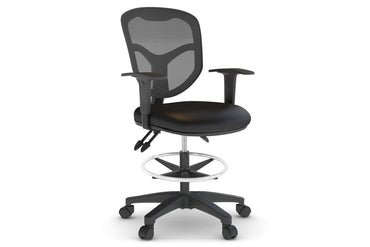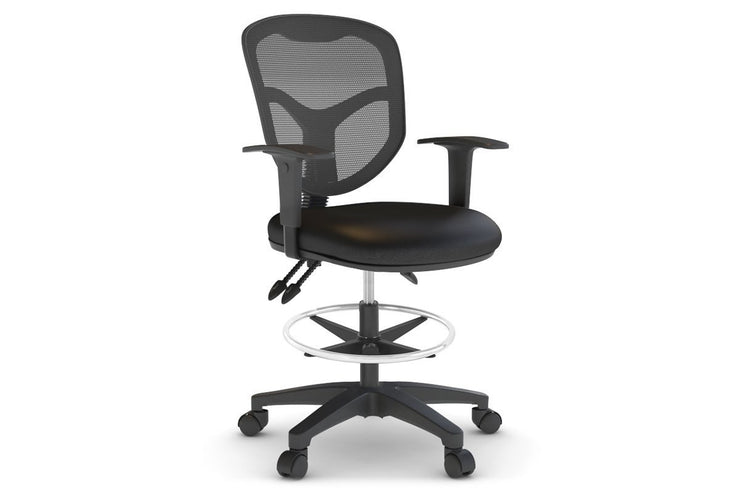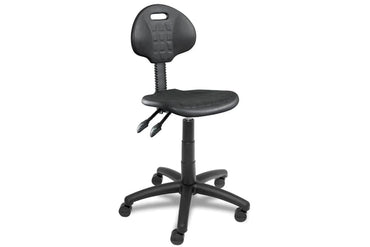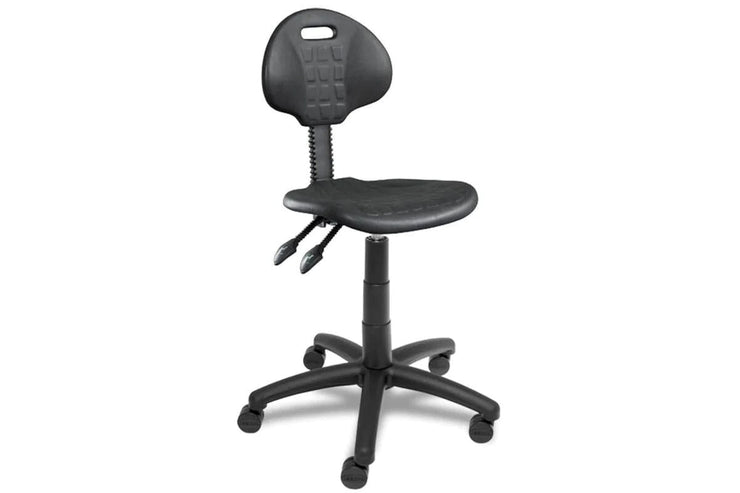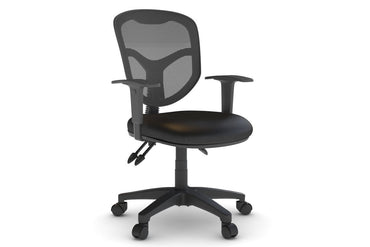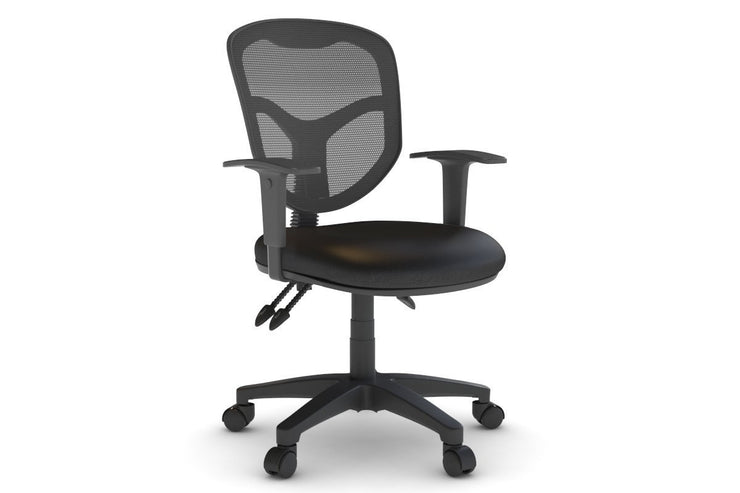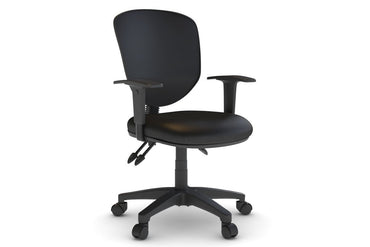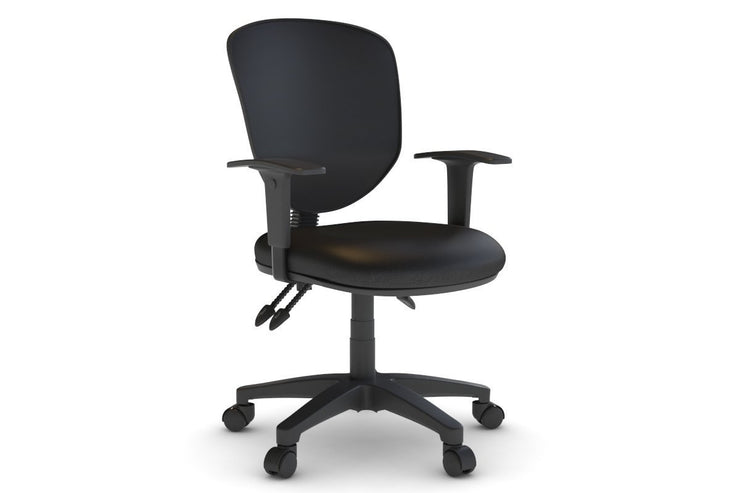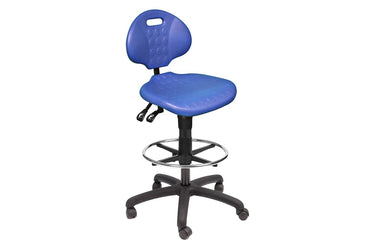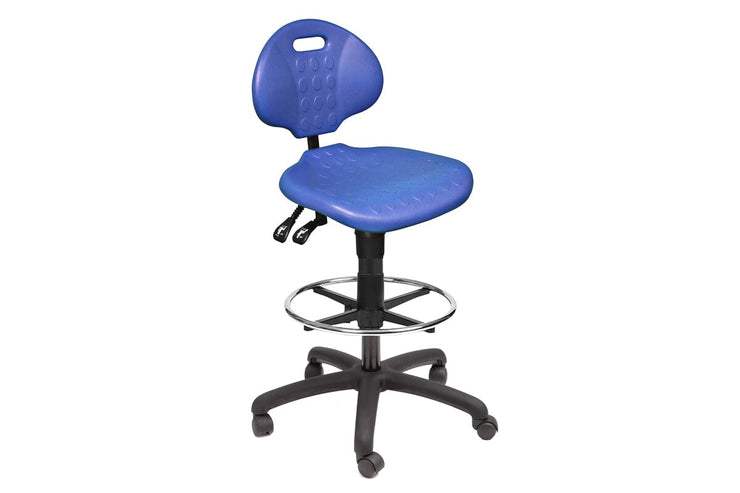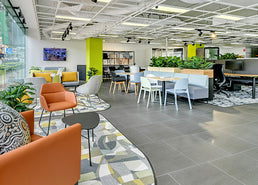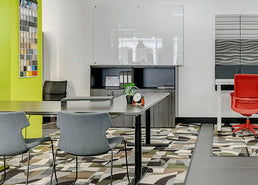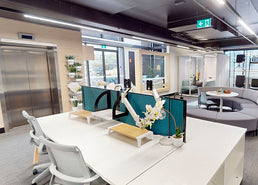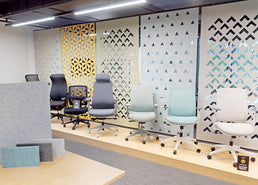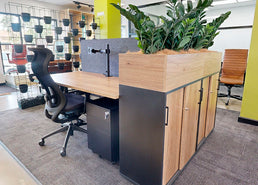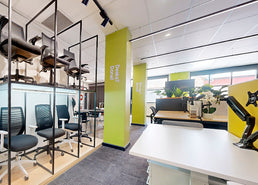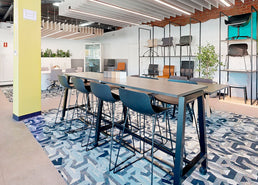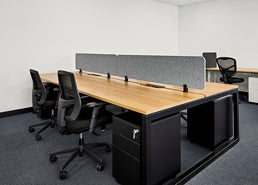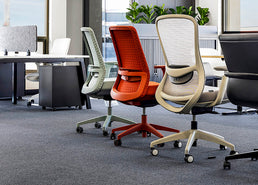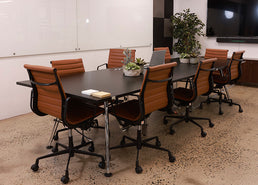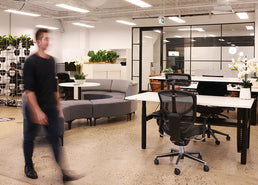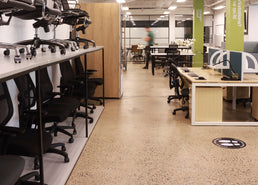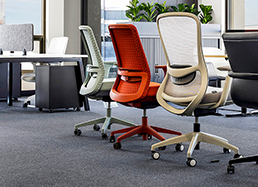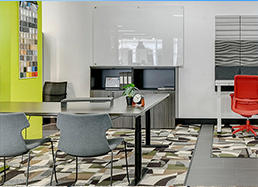- Office Furniture
- Office Chairs
- Lab Chairs & Stools
-
Uplifting Sit Stand Drafting Stool with Lip
Regular price $395Regular priceUnit price / per -
Uplifting Sit Stand Stool with Lip
Regular price $279Regular priceUnit price / per -
-
Uplifting Sit Stand Stool with Lip
Regular price $279Regular priceUnit price / per -
-
Heavy Duty Lab Chair - Drafting Chair -...
Regular price $339Regular priceUnit price / per -
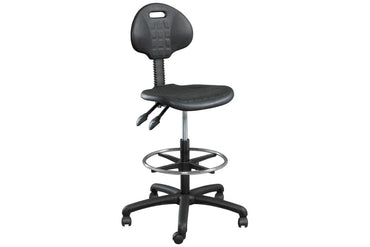
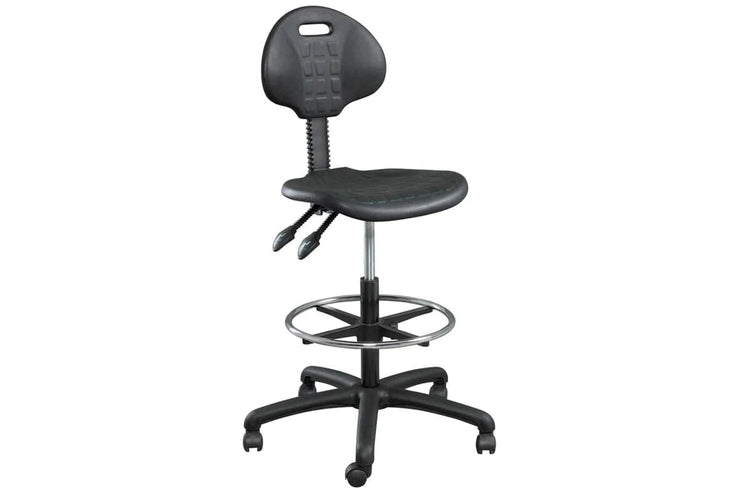
Heavy Duty Lab Chair - Drafting Chair -...
Regular price $339Regular priceUnit price / per -
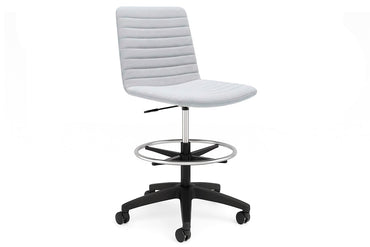
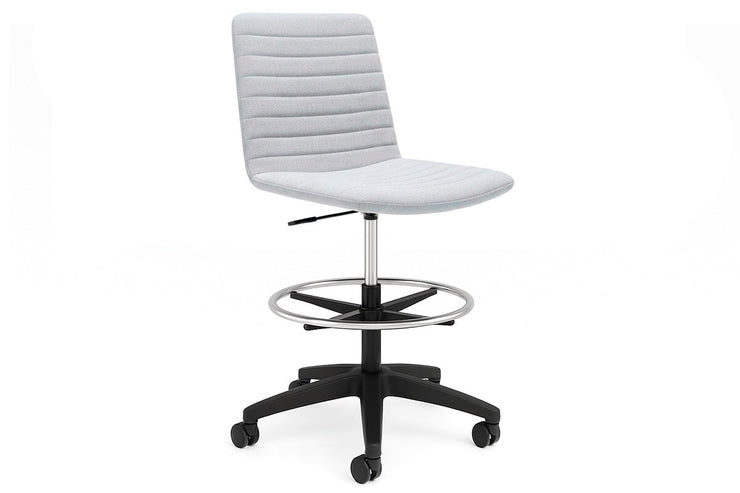
-
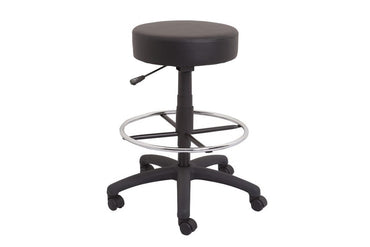
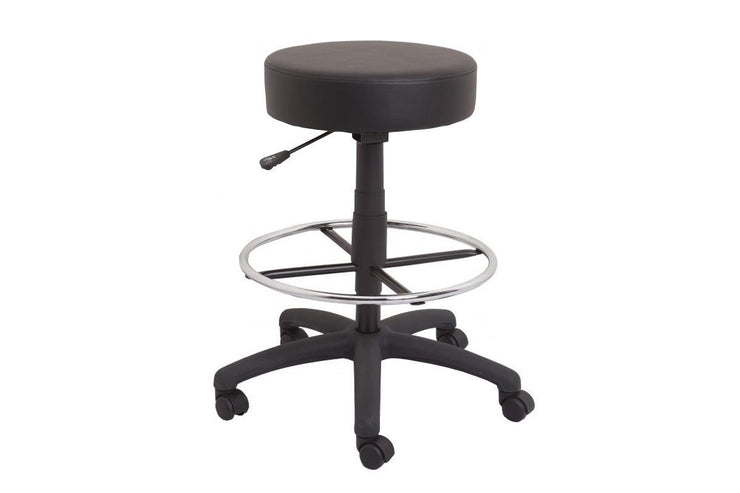
Strong Industrial Padded Stool
Regular price $172Regular priceUnit price / per -
-
-
Mcduck Drafting Office Chair - Swivel and Tilt
Regular price $365Regular priceUnit price / per -
-
Polypropylene Laboratory and Medical Stool
Regular price $162Regular priceUnit price / per -
Plover Ergonomic Drafting Chair - Synthetic Leather Seat
Regular price $354Regular priceUnit price / per -
Heavy Duty Lab Chair - Industrial Lab Chair...
Regular price $292Regular priceUnit price / per -
Plover Ergonomic Mesh Back Synthetic Leather Seat
Regular price $307Regular priceUnit price / per -
Plover Ergonomic Synthetic Leather Office Chair
Regular price $335Regular priceUnit price / per -
Uplifting Sit Stand Stool with Lip
Regular price $279Regular priceUnit price / per -
Uplifting Sit Stand Drafting Stool with Lip
Regular price $395Regular priceUnit price / per -
Uplifting Clam Round Blue Drafting Chair
Regular price $386Regular priceUnit price / per
Get your fitout booked today
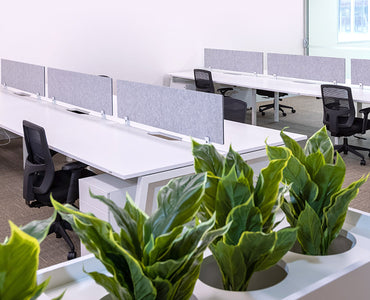
Completed in under 10 days.

With dedicated project management from start to finish.

Full-service. Layout design,
delivery, and installation.
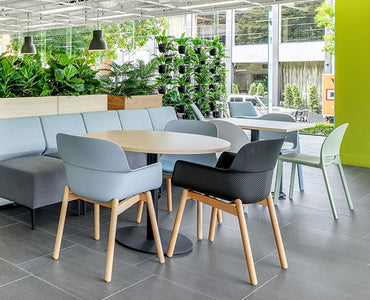
And showrooms nationwide for your convenience.
Our client's experience
Read case study
JasonL came in on high recommendation to fitout our new office. It was a blank canvas when they got here, we had an amazing design process with Ondrej.
Eva TandyOperations Manager at Bell ShakespeareKim
@Kim - 1month(s) ago
Very happy with the service. Was kept up to date with delivery the whole through. Item arrived on time. The delivery person who...
Ashis Sharma (Ashis Sharma)
@Ashis Sharma (Ashis Sharma) - 1month(s) ago
Excellant service. Just above and yet. Kates and John were just amazing. Everything was delivered and installed as expected
Marienne Lippelt
@Marienne Lippelt - 2month(s) ago
I would like to give the 5 stars mainly to the Customer Service, particularly to the attendant called Irish. I've raised 3 different...
Rory Wainer
@Rory Wainer - 2month(s) ago
Good product with great service Thank you
Want the full JasonL experience?
Stop by a showroom and say hello.
Sydney City Showroom
Shop 3, 29-31 O'Riordan Street,
Alexandria, NSW 2015
Call: 1300 350 618 Alexandria, NSW 2015
Get Directions
3D Showroom
walkthrough
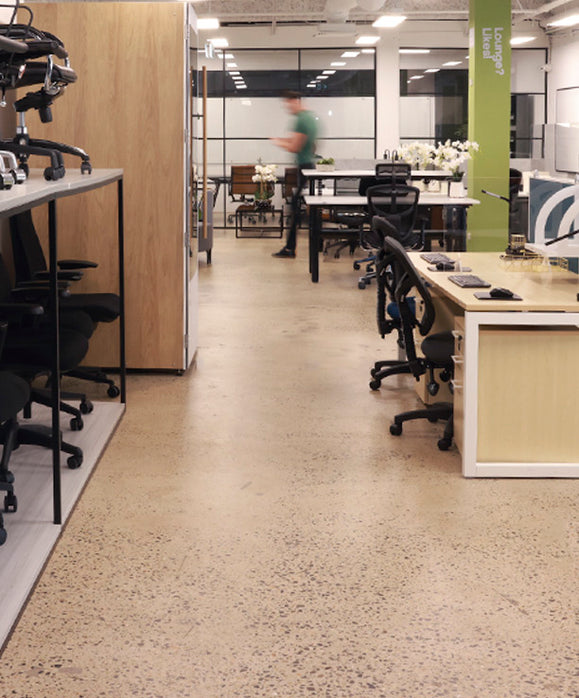
Brisbane Showroom
728 Ann Street,
Fortitude Valley, QLD 4006
Call: 1300 350 629 Fortitude Valley, QLD 4006
Get Directions
3D Showroom
walkthrough
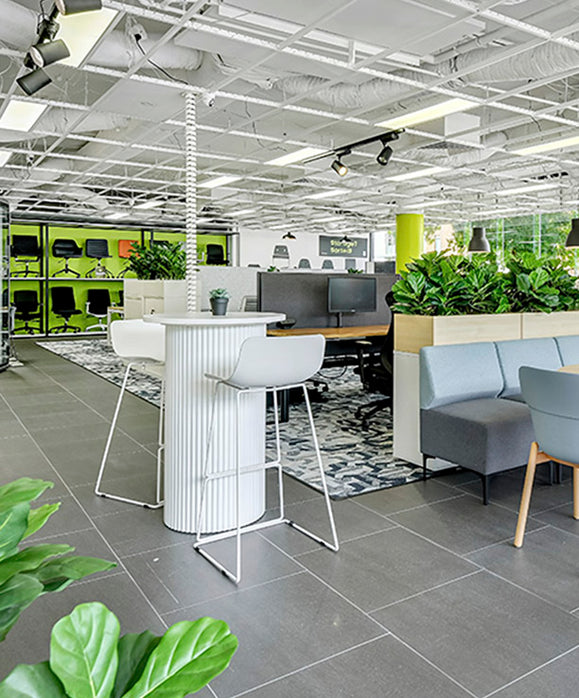
Western Sydney Showroom
15 Sturt Street,
Smithfield, NSW 2164
Call: 1300 350 624 Smithfield, NSW 2164
Get Directions
3D Showroom
walkthrough
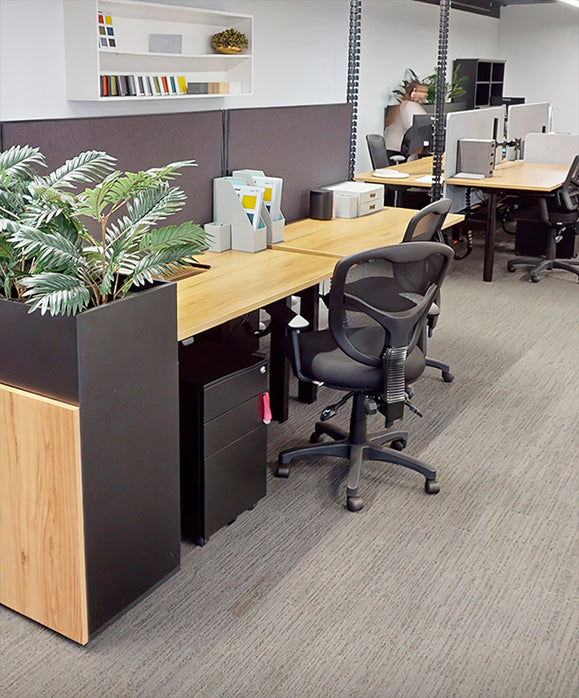
Adelaide Showroom
176 Grote Street,
Adelaide, SA 5000
Call: 1300 395 731 Adelaide, SA 5000
Get Directions
3D Showroom
walkthrough
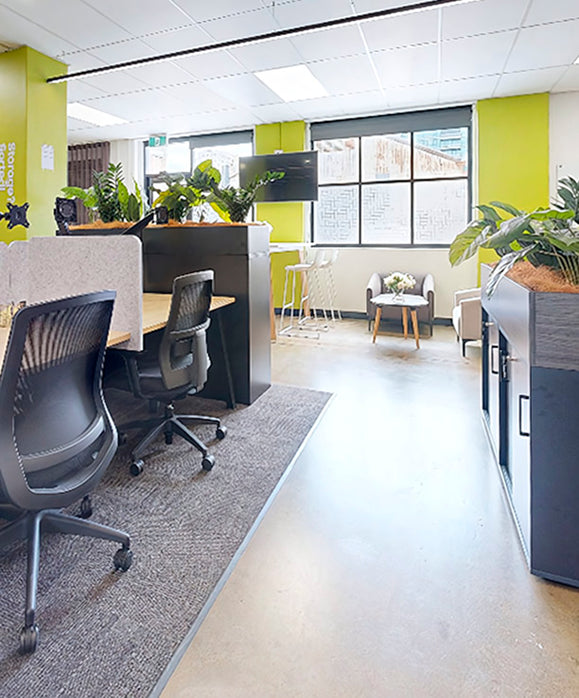
Melbourne Showroom
100 Park Street,
South Melbourne, VIC 3205
Call: 1300 350 627 South Melbourne, VIC 3205
Get Directions
3D Showroom
walkthrough
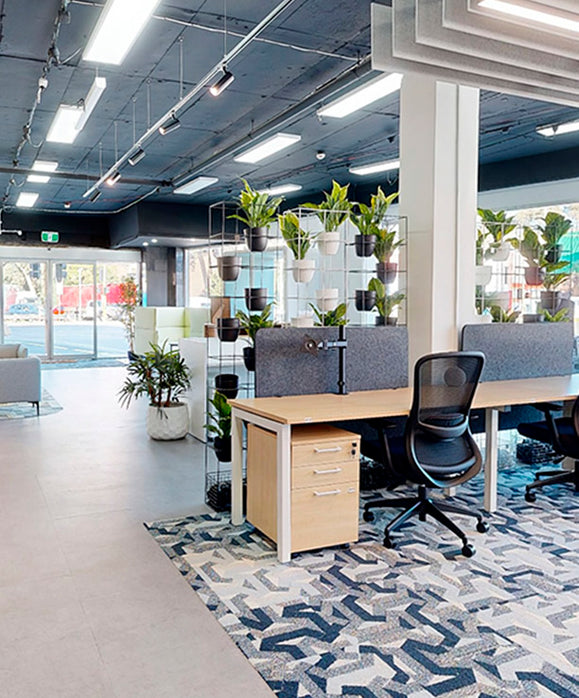
Perth Showroom
11 King Edward Road,
Osborne Park, WA 6017
Call: 1300 249 035 Osborne Park, WA 6017
Get Directions
3D Showroom
walkthrough
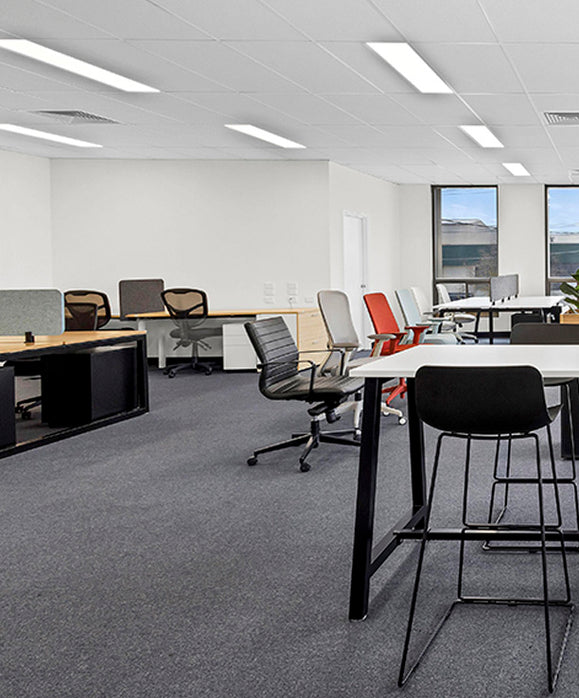
East Coast Distribution Centre
2A/149 McCredie Road,
Smithfield, NSW 2164
Call: 1300 350 624 Smithfield, NSW 2164
Get Directions
3D Showroom
walkthrough
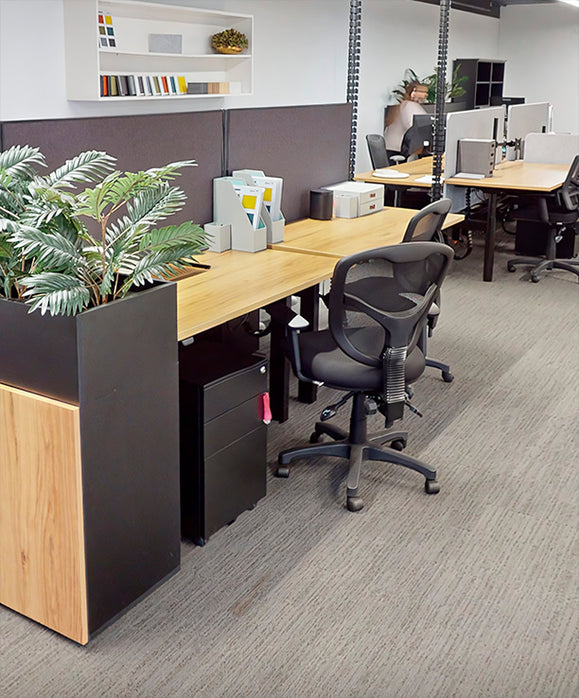

The incredible team
that will assist you in
Sydney.
Meet Eric Tehranchi, our Showroom Manager in Alexandria. With years of experience and a deep understanding of smart office solutions, Eric is here to help you transform your Sydney workspace with ease. From layout ideas to product advice, he brings energy, care, and clarity to every project. Sydney, you’re in expert hands. Thank you Eric!

Giulia Petrazzuolo
ConsultantI provide expert guidance and assistance to businesses in selecting, planning, and optimizing their office furniture and layout to create functional, comfortable, and aesthetically pleasing workspaces.
["386","395","279","335","307","292","354","162","118","365","209","382","172","294","339"]


